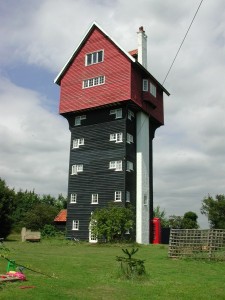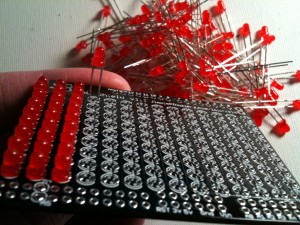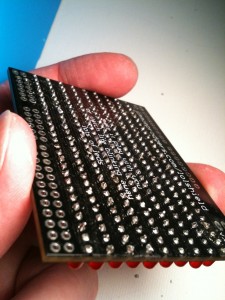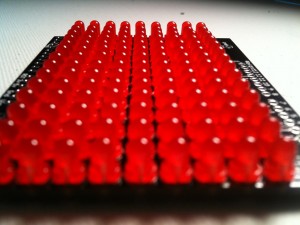 Patent trolls have been all over the press lately with companies like Lodsys suing Rovio Mobile, the maker of Angry Birds. They also have been going after small iOS and Android developers too. They are claiming they own the rights to in-app-purchase, upgrade buttons, and even links to the App Store. It kind of feels like a new form of the Mafia.
Patent trolls have been all over the press lately with companies like Lodsys suing Rovio Mobile, the maker of Angry Birds. They also have been going after small iOS and Android developers too. They are claiming they own the rights to in-app-purchase, upgrade buttons, and even links to the App Store. It kind of feels like a new form of the Mafia.
There has been a lot of advice floating around out on the Internet. Patrick Igoe, who is a patent attorney, says settling with the trolls is a bad idea. He has provided a lot of technical analysis on the patent claim charts and is having a hard time understanding how developers could be in violation. On the other side of the spectrum is Florian Mueller who is telling developers that they should just settle because of the costs involved. I contacted Apple Legal to see what they thought and received a one-liner saying “You may wish to consult the advice of an attorney as we cannot provide you with any legal advice on Lodsys’ patent infringement claim.”
It’s sad that the App industry that I truly have enjoyed being a part of for the last 3 years might actually be coming to an end. Independent developers won’t be able to afford legal representation, especially for a patent litigation case. I recently learned at the MoDevDC meetup group that an average patent litigation defense costs around 2.5 million dollars. It’s just not possible to fight a troll that has deep pockets. If we just roll over and pay the troll to go away, there is no guarantee that others won’t come knocking. There doesn’t seem to be an easy answer.
I was once proud to have my name listed as the inventor on a series of software inventions. I no longer feel this way after seeing how vague patents are awarded and then misused. Patents are supposed to be non-obvious, but all of the software patents I have read, including my own, seem pretty obvious to me. I would be the first person to sign up to have all software patents invalidated. My blood boiled when I recently listened to When Patents Attack! by This American Life. I suggest you give it a listen. I can only hope that one day patent reform can fix our patent system and help bring back innovation.



